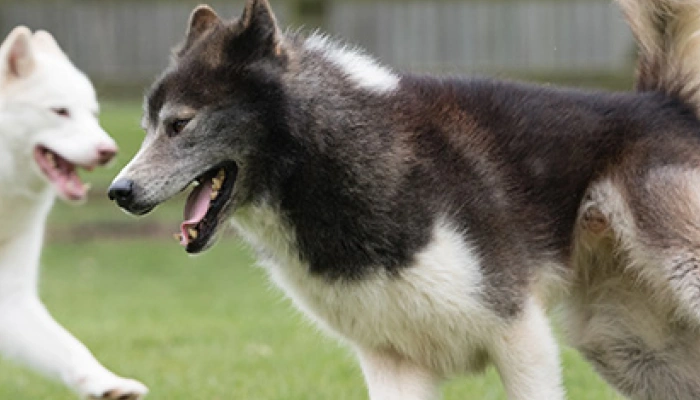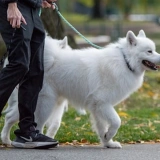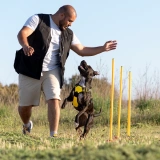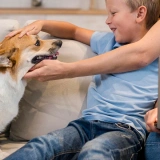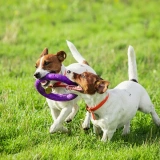Canadian Eskimo Dogs are intelligent, independent, and highly energetic. They are not suited for casual pet homes or apartment life—they require space, purpose, and structure. Without strong leadership and regular work, they can become destructive or difficult to manage.
Their dense coat needs regular brushing, especially during shedding season. While they are very cold-hardy, they do not tolerate heat well and should be protected in warm climates. The breed is relatively healthy but has a small population, so genetic diversity is limited.

